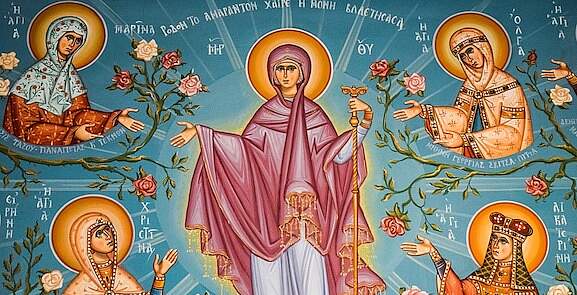
Every November 1st, the Church honors the multitude of those who, in imitation of the Virgin Mary—the perfect example of holiness—were living and luminous witnesses of Christ. While many of them have been officially "canonized" after a procedure of investigation and given to us as models, the Church knows that many others have also lived in fidelity to the Gospel and to the service of all. That is why, on All Saints Day, Catholics celebrate all the saints, both known or unknown. Indeed, holiness is not reserved for an elite!
This celebration connects us to all the canonized saints, those whom the Church affirms with authority that they are enjoying the glorious vision of God, as well as to all the others, the greatest in number, who share the same reward. All Saints' Day gives us a foretaste of the eternal Liturgy that the liturgy of this earth anticipates.
The solemnity of All Saints seems historically related to the dedication of the Pantheon, an ancient Roman temple, by Pope Boniface IV, at the beginning of the 7th century. Originally dedicated to “all the gods” (this is the meaning of the name “pantheon” in Greek), this temple is now dedicated to Mary and all the martyrs, to whom the confessors of the faith were later added.
The anniversary of the dedication of the Pantheon, therefore the feast of all the saints, was celebrated at first on May 13th, near the great feasts of Easter and Pentecost. The original association with these two feasts sheds some light on the meaning of the feast of All Saints—we are invited to already share in the joy of those who have put Christ at the center of their lives!
Since the year 835, All Saints' Day has been celebrated on November 1st.